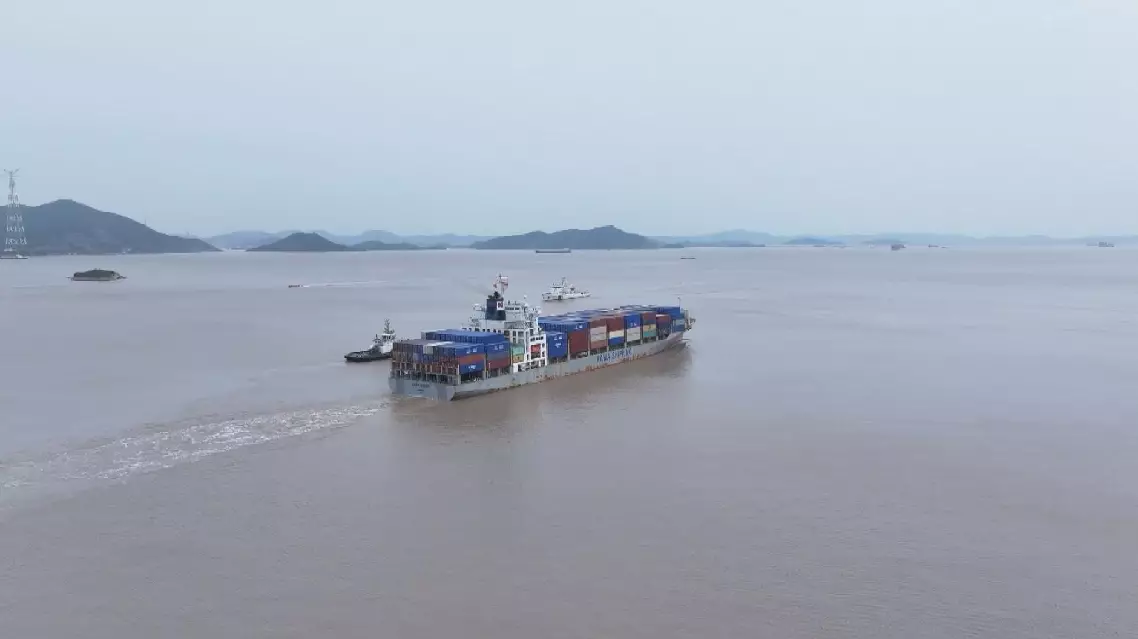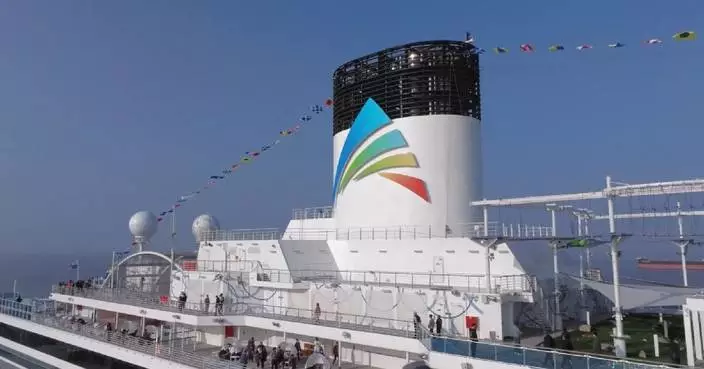China has restored over 8 million hectares of ecosystems, achieving the ecological protection and restoration targets set for the 14th Five-Year Plan period (2021-2025), according to the Ministry of Natural Resources on Tuesday.
The country has so far implemented 52 projects on the holistic conservation and restoration of mountains, water, forests, farmland, grassland and deserts, with notable progress in ecological protection and restoration, the ministry said.
In addition, 49 demonstration projects for the restoration of legacy mining sites and 195 marine ecological restoration initiatives have been carried out, it said.
"To date, we have restored approximately 1,780 kilometers of coastline and 53,000 hectares of coastal wetland. Significant strides have been made in the protection and restoration of mangroves, with China being one of the few countries globally to see a net increase in mangrove areas," said Li Jianzhong, deputy director of the Department of Territorial and Spatial Ecology Rehabilitation at the Ministry of Natural Resources.
The ministry also said that by the end of 2024, the central government had allocated 100.65 billion yuan (about 13.8 billion U.S. dollars) for these holistic conservation and restoration projects.
Looking ahead, by 2035, China aims to keep at least 3.15 million square kilometers of land within its ecological conservation "red lines". The country also plans to keep at least 35 percent of its natural coastlines in a natural state, ensure that protected land areas cover no less than 18 percent of its land areas, and fully establish a nationwide park system. These initiatives are expected to strengthen the resilience and stability of China's ecosystems, fostering a self-sustaining and healthy cycle.
The red lines cover areas that are critical in environmental function, ecologically sensitive and vulnerable, and vital for biodiversity.

China achieves ecological protection, restoration goals for 2021-2025
China has launched a new cargo route combining sea-rail intermodal transport with the China-Europe Express service, aiming to speed up delivery of high-tech exports to Europe.
A cargo ship carrying domestically produced goods such as photovoltaic panels and lithium batteries departed from the Ningbo-Zhoushan Port in eastern China's Zhejiang Province on Wednesday. The shipment is expected to reach Wilhelmshaven, Germany, 26 days after departure. This marks the first shipment from Ningbo-Zhoushan Port under the new "dual-express" model. Domestically, the goods are gathered to the port from inland exporters at Hefei North Railway Station in Anhui Province. Internationally, Germany’s Wilhelmshaven Port serves as a hub to extend distribution across Northern, Central and Eastern Europe, as well as the Baltic region.
"The transportation time has been reduced from the original 45 days to 30 days, saving 15 days for clients. This provides a good option for some clients with high requirements for transportation timeliness," said Zhang Bangmin, director of the Hefei branch of Hefei Railway Logistics Center.
The European Union is Ningbo-Zhoushan Port's largest trading partner, with its trade with the EU reached 115.92 billion yuan in the first quarter of 2025, up 21.5 percent year on year.
In addition to routes for the China-Europe Express, the Ningbo-Zhoushan Port has also opened new routes to South America in the first quarter of this year, bringing its total number of the shipping routes to over 300.
"At present, the shipping routes of Ningbo-Zhoushan Port connect over 600 ports in more than 200 countries and regions. Besides its largest trading partner, the European Union, it also increasingly trades with ASEAN countries and Brazil," said Hu Feng, an officer from Ningbo Customs.
Many other major ports in China are also exploring new routes to other markets as they face a decrease in shipments to the United States.
Shenzhen Yantian Port has opened new routes to Europe, the Mediterranean, South America and other Asian countries, while the Qingdao Port is about to open new routes to South America and the Middle East.

China's first cargo ship along new 'dual-express' combined route sets sail for Germany




















































